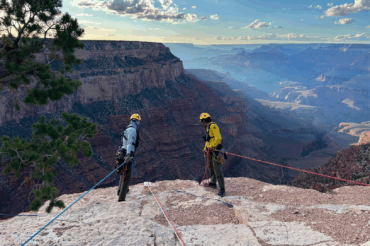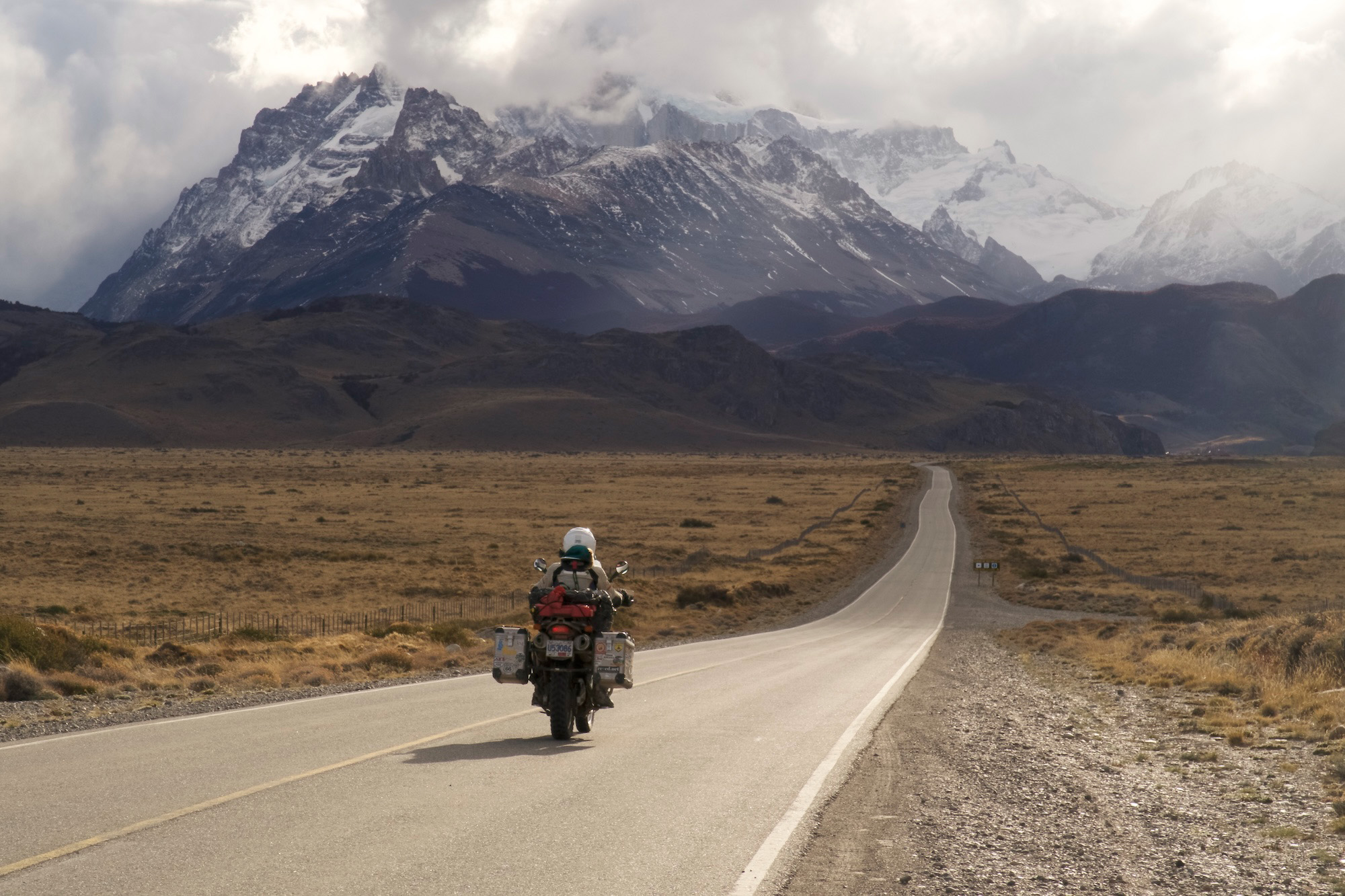The California condor chick known as Condor 1000 or 1k became the first chick born in the park to successfully leave the nest.
A hoard of onlookers and park employees watched on Wednesday as a condor chick known as Condor 1000 stumbled out of its nest. Condor 1000 marks a milestone for the species, as it was the 1,000th chick to hatch since the recovery program of condors began. Prior to Condor 1000, the two other chicks born in Zion died before leaving the nest.
Condors are the largest flying land birds in North America and can weigh more than 20 pounds and live up to 60 years. And despite years of breeding in captivity, the California condor has yet to successfully regenerate its population in the wild.
The new chick’s parents, 409 (female) and 523 (male), are the only breeding pair in Zion. Both condor parents were born in captivity before officials released them into the wild.
Condors in National Parks
The International Union for Conservation of Nature classified the California condor as endangered in 1967, and the bird has been endangered since.
Reintroduction and recovery programs did not occur until the late ’90s. In 1996, the program released an experimental population of condors into the Vermilion Cliffs National Monument in northern Arizona.
“The California condors have become a very charismatic species,” said Fred Armstrong, chief of Resource Management and Research at Zion National Park.
“Repeat visitors come to recognize them by their wing tag numbers and routinely ask about them. The park is excited to provide protected habitat and to play an important role in their recovery.”
The Growing Condor Population
As of 2018, the wild, free-flying California condor population was 312, according to the California Department of Fish and Wildlife data portal. This was a population increase of over 7 percent from 2017. Arizona and Utah are home to 88 of the wild birds.
As always, park officials are warning visitors to be cautious around the wildlife and to not approach the new condor. The park and recovery program employees hope the new chick will be able to fly on its own by November.







